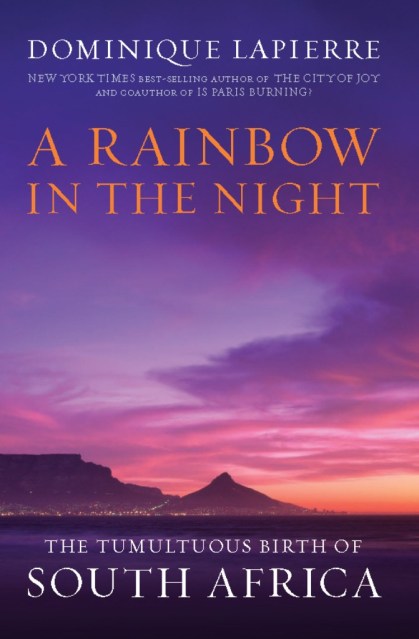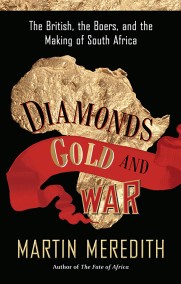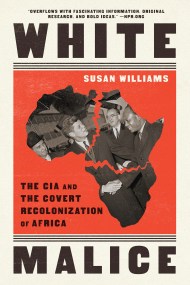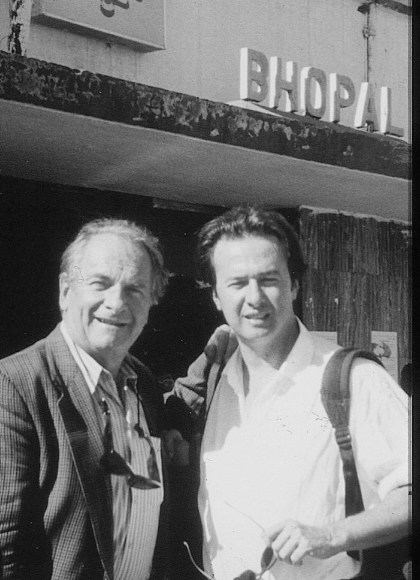Promotion
Use code MOM24 for 20% off site wide + free shipping over $45
A Rainbow in the Night
The Tumultuous Birth of South Africa
Contributors
Formats and Prices
Price
$13.99Price
$17.99 CADFormat
Format:
ebook $13.99 $17.99 CADThis item is a preorder. Your payment method will be charged immediately, and the product is expected to ship on or around November 3, 2009. This date is subject to change due to shipping delays beyond our control.
Also available from:
In 1652 a small group of Dutch farmers landed on the southernmost tip of Africa. Sent by the powerful Dutch India Company, their mission was simply to grow vegetables and supply ships rounding the cape. The colonists, however, were convinced by their strict Calvinist faith that they were among God's “Elect,” chosen to rule over the continent. Their saga—bloody, ferocious, and fervent—would culminate three centuries later in one of the greatest tragedies of history: the establishment of a racist regime in which a white minority would subjugate and victimize millions of blacks. Called apartheid, it was a poisonous system that would only end with the liberation from prison of one of the moral giants of our time, Nelson Mandela.
A Rainbow in the Night is Dominique Lapierre's epic account of South Africa's tragic history and the heroic men and women—famous and obscure, white and black, European and African—who have, with their blood and tears, brought to life the country that is today known as the Rainbow Nation.
Genre:
- On Sale
- Nov 3, 2009
- Page Count
- 320 pages
- Publisher
- Da Capo Press
- ISBN-13
- 9780786745845
Newsletter Signup
By clicking ‘Sign Up,’ I acknowledge that I have read and agree to Hachette Book Group’s Privacy Policy and Terms of Use







